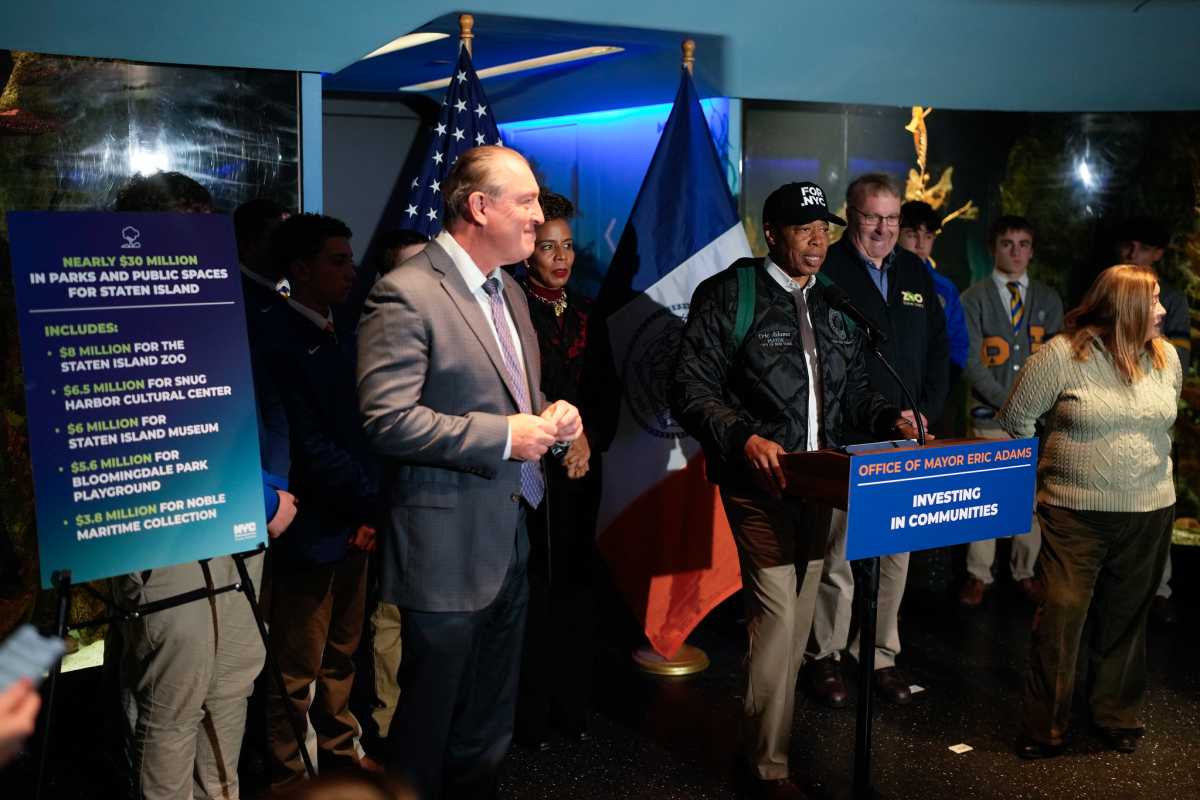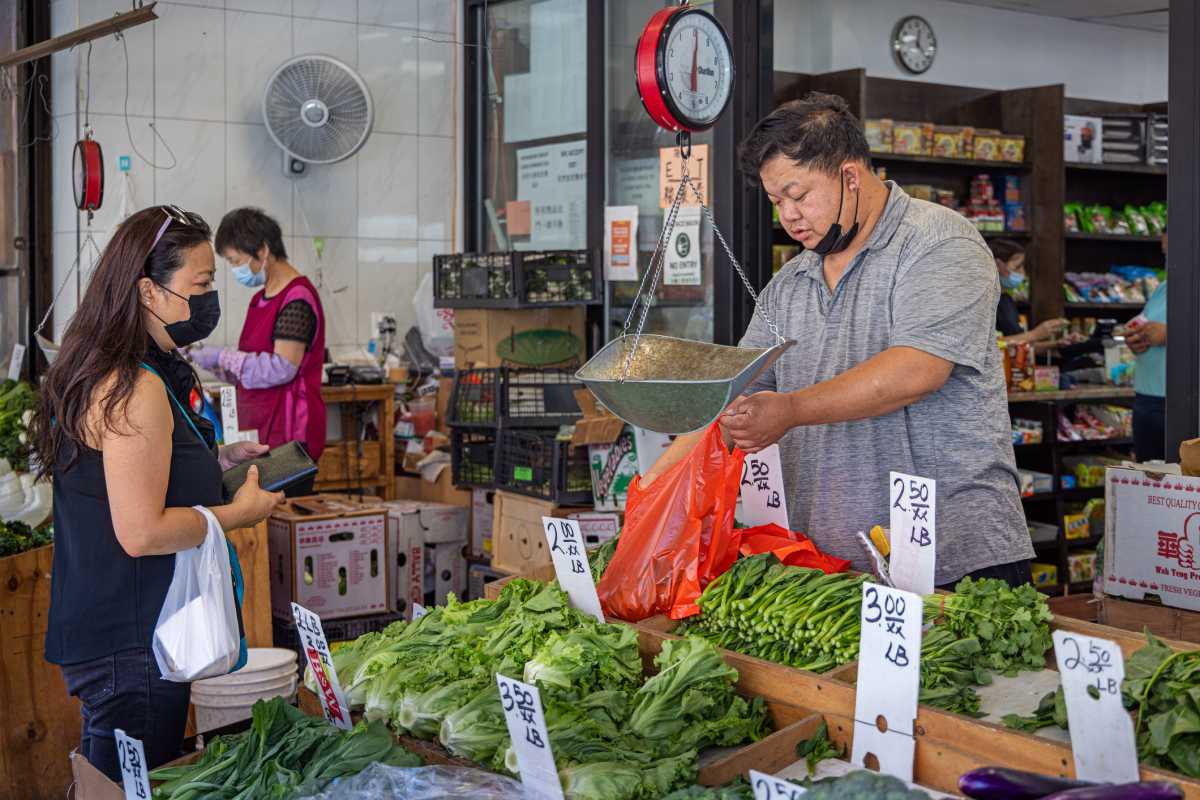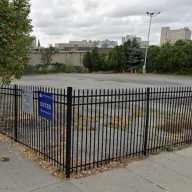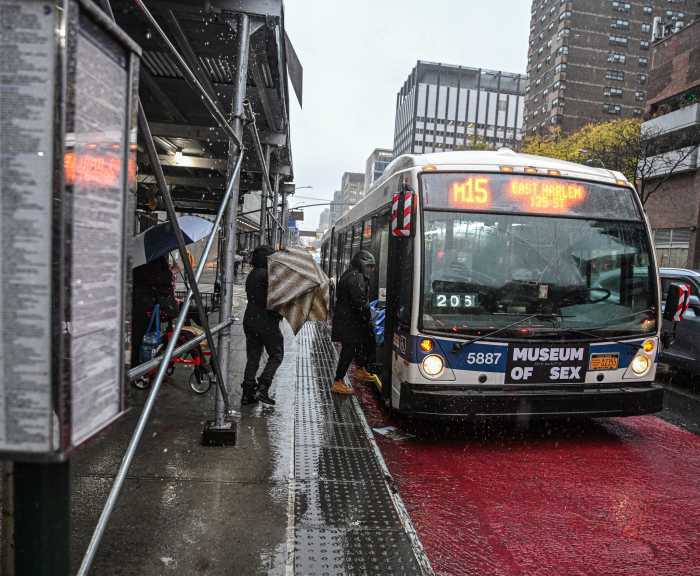By Francis Mechner, Ph.D.
Director, Queens Paideia School
“Paideia” – Plato’s ancient term for the ideal education of Athenian citizens — is an apt name for the widely-accepted educational philosophy that John Dewey expounded in the early 1900s. Children must learn not only the three Rs, Dewey said, but also the skills and knowledge they will need to negotiate the challenges of adult life in the real world.
No one would dispute the fact that every child is unique. Children obviously differ in personality, temperament, learning style and cultural background, as well as in knowledge, skills and general ability. Is it reasonable to ignore these important differences and educate all children the same way? Most educators acknowledge that batching same-age children into classes can never meet the needs of all. Some children will not have the required preparation, some could go faster, some don’t learn well by listening, some can’t sit still for long, and some simmer with emotional issues.
In short, one-size-fits-all may work for, say, hats, but not for the education of children. The fixes that have been tried — No Child Left Behind, standardized testing, holding teachers accountable, charter schools — fail to address the core issue, namely that every child must be educated in a way that recognizes his or her unique and individual characteristics.
Are these impractical and unaffordable?
So it would seem, until you have become familiar with the Paideia Personalized Education system, (PPE) a whole new way of addressing education.
PPE provides a fully personalized education for every child, and implements (not merely espouses) the core principles of modern education theory and the “whole child” approach in a functioning K-12 school setting.
Queens Paideia School (QPS) in Long Island City is currently evolving into a showcase of PPE’s effectiveness and practicality. When you walk into a QPS classroom, you see children of diverse ages and backgrounds working at their desks according to personalized learning plans and objectives in the core academic areas.
The students rarely look up, giving the impression of the self-motivated independent learners they are growing into. They seem to enjoy what they are doing. There are no teachers standing in front of classes. What you see is learning managers walking around the room providing help and guidance as needed. Sometimes you see older students helping younger ones.
Equally striking are some other things you do not see: discipline problems, anxiety and fear of failure, and teacher burnout. What is not immediately evident, but key to the functioning of the system, is that every student is progressing along a different, carefully designed and customized curriculum under learning managers’ watchful eyes.
The result? Students normally progress faster than they would or could in a traditional setting, resulting in unusually high levels of academic achievement. Failure is impossible, while special talents and abilities find expression. Students also learn vital non-academic skills: positive ways to socialize and collaborate, self-management techniques, critical thinking skills, effective work and study habits, self-observation and reflection practices, and maintenance of personal health and well-being. The PPE system truly educates “the whole child.”
QPS also illustrates how a PPE school can become a close-knit community whose members have learned to forge and cultivate long-term bonds of friendship and mutual support.
The maximum size of a PPE school is approximately 30 students. Can this model be scaled up and made economically feasible for much larger and more diverse schools? We believe it can through putting together, in modular fashion, a large number of 30-student units across which fixed costs like administration, library, facilities for lunch, music, art, science labs, and physical education can be distributed.
It may be a big idea, but no bigger than the problem being addressed. We believe that there is reason for hope.


































